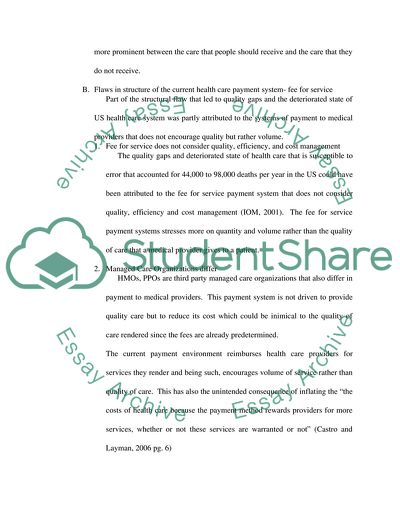Cite this document
(“Performance Incentive Programs in Healthcare Research Paper”, n.d.)
Performance Incentive Programs in Healthcare Research Paper. Retrieved from https://studentshare.org/health-sciences-medicine/1767860-pay-for-performance-changing-healthcare-quality
Performance Incentive Programs in Healthcare Research Paper. Retrieved from https://studentshare.org/health-sciences-medicine/1767860-pay-for-performance-changing-healthcare-quality
(Performance Incentive Programs in Healthcare Research Paper)
Performance Incentive Programs in Healthcare Research Paper. https://studentshare.org/health-sciences-medicine/1767860-pay-for-performance-changing-healthcare-quality.
Performance Incentive Programs in Healthcare Research Paper. https://studentshare.org/health-sciences-medicine/1767860-pay-for-performance-changing-healthcare-quality.
“Performance Incentive Programs in Healthcare Research Paper”, n.d. https://studentshare.org/health-sciences-medicine/1767860-pay-for-performance-changing-healthcare-quality.


